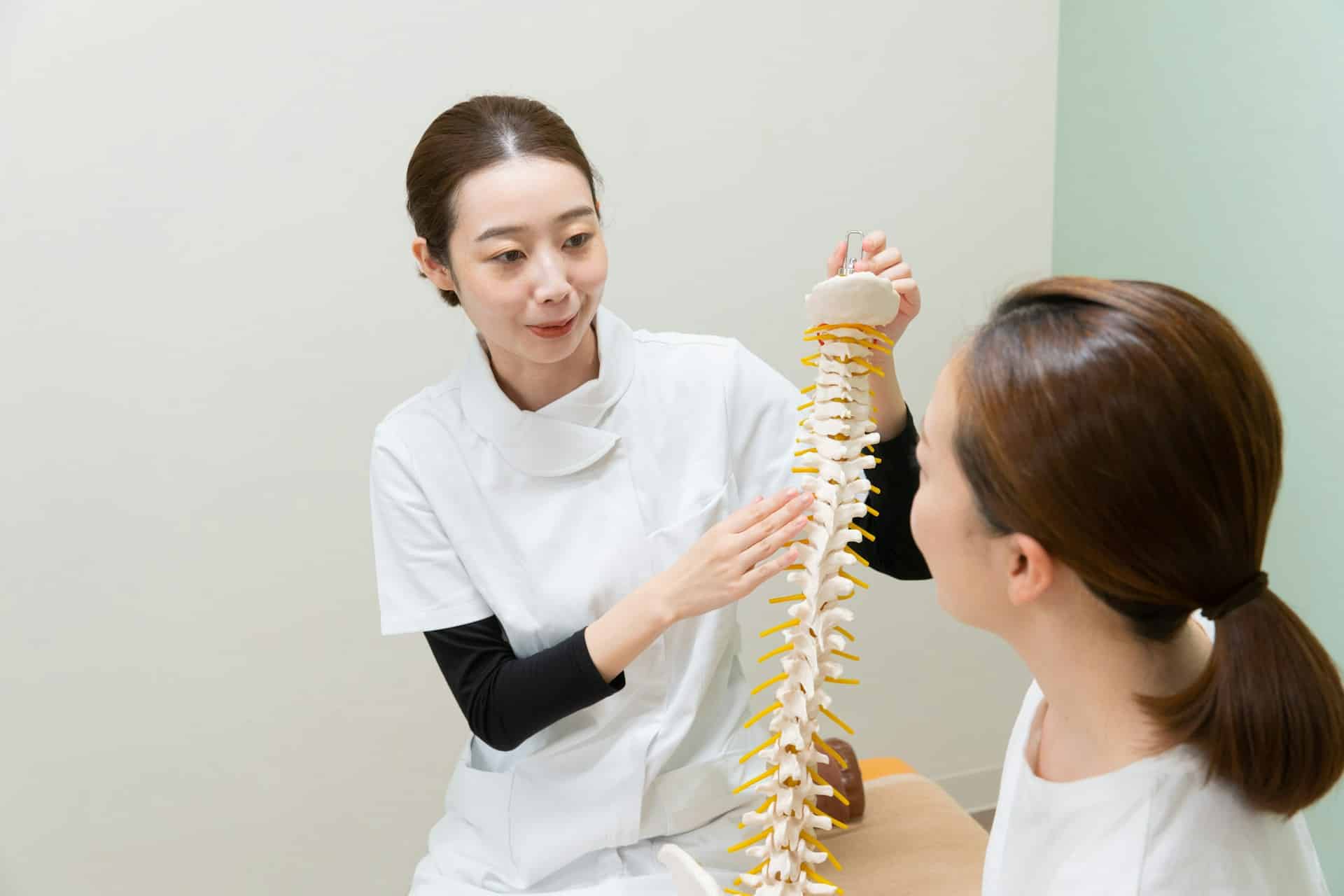Spinal adjustments have always been about helping the body move better and feel better. When the spine is out of line, even just a little, it can lead to stiffness, pain, and discomfort in different areas like the neck, back, or even legs. Proper adjustment techniques aim to correct those misalignments, giving you much-needed relief and better function. For many people, getting that adjustment means fewer headaches, less back pain, and a stronger sense of physical balance.
Today, technology has taken those benefits even further. New tools are making adjustments more accurate and comfortable than ever before. Gone are the days when all spinal care just involved manual pressure and guessing what felt off. With modern tools and devices, providers can now pinpoint problems and treat them with much greater precision. This not only leads to better outcomes but also builds confidence in the process.
Understanding the Impact of Technology on Spinal Adjustments
Technology has changed nearly everything about daily life, and spinal care is no exception. Traditional adjustments required the provider to rely mostly on training and feel. While that method helped many patients, it didn’t always offer the accuracy needed to treat specific or complex problems. Now, equipment exists that allows professionals to identify and correct spinal issues based on measurable data. That extra detail helps reduce guesswork and increases chances of long-term improvement.
Here are a few ways modern tools are shaping the way spinal adjustments are done today:
- Computer-guided programs help detect the smallest misalignments
- Tools offer controlled pressure, delivering gentle treatment to exact spots
- Tracking systems monitor changes over time, making it easier to adjust care plans as the body responds
- Real-time feedback lets both the provider and the patient see how the body’s responding in each session
- Technology reduces some of the resistance or worry people may have about classic twisting and cracking
This level of detail allows for easier customization too. For example, someone dealing with chronic neck pain might need a more targeted, focused motion than someone bouncing back from a recent fall or strain. Tech-enhanced adjustments can adapt and meet those differences without adding more stress to the body.
What Is ProAdjuster Instrument Adjusting?
One of the standout tools changing spinal care is called the ProAdjuster. Unlike traditional hand-based adjustments, the ProAdjuster uses advanced sensors and software to scan your spine and find out exactly where the problem lies. It gently pulses against your spine to detect abnormal motion and stiffness. Then, with that feedback, it delivers a guided adjustment with just the right amount of pressure.
Think of it like a digital tool that replaces guessing with facts. The ProAdjuster is especially helpful for people who might be nervous about more forceful techniques or those with sensitive areas that need extra care. It’s also used for people of all ages, from kids to older adults, because of how gentle it is.
Some of the top benefits of using the ProAdjuster include:
- Less discomfort during sessions due to smoother, more consistent motion
- Data-backed evaluations that show where care is needed most
- Fewer surprises during the adjustment, since the machine does the work precisely
- Better monitoring through follow-up scans showing progress over time
Imagine wanting to fix a leaky pipe. Would you rather use a tool that helps you see the exact spot that’s broken, or one that just guesses based on the sound? That’s the difference here. The ProAdjuster replaces guesswork with accuracy, helping you get the results you’re hoping for without adding extra pain or pressure.
Precision And Comfort: The Advantages Of Modern Technology
With older adjustment methods, it was harder to know if a technique was working immediately. You had to go by how someone felt or wait to see improvement over time. That’s changed with new technology. Tools like the ProAdjuster give very clear, real-time responses from the body. This means the person doing the adjustment can see exactly what needs to be worked on and when to stop. That added level of control helps shape a more comfortable and effective experience.
Not all patients are the same. Some people may have stiff necks from long hours at a desk, while others could deal with lower back pain from a weekend project or long car rides. The ProAdjuster takes this into account and adjusts pressure and speed based on what each spine needs. It’s not one-size-fits-all, which makes a big difference for those who’ve been nervous about sudden movements or strong force during treatment.
Here’s how using modern technology can help the overall experience feel smoother:
- Adjustments can be completed in shorter sessions with little discomfort
- The system senses muscle tension and adjusts its own motion to match
- Pressure can be made as light or as firm as needed, based on findings
- No sudden twisting means less anxiety, especially for first-timers
- The detailed scan allows for small changes that add up to big relief
For someone dealing with pain week after week, that convenience and control can make the idea of treatment feel much more doable. Some people even find that sessions become something they look forward to because of how much better they feel afterward. It’s a shift in how spinal care is received, bringing in comfort along with accuracy.
Why Choose ProAdjuster Instrument Adjusting In North Fort Myers?
Living in North Fort Myers means being active year-round, and that often takes a toll on your body. Whether you’re gardening on the weekends, walking trails at a local park, or just hauling groceries during a hot August day, small stresses can build up quickly. This makes selecting the right technique for spinal care even more important. That’s where ProAdjuster instrument adjusting becomes a great option.
Unlike older methods that rely more on muscle feedback and physical alignment checks, the ProAdjuster gives measurable data for each visit. That helps create a clearer plan that’s both simple to follow and flexible based on progress. Local residents prefer it because it gives them a sense of control. You can see your body’s results during and after each adjustment, which makes everything feel more reassuring and less mysterious.
North Fort Myers also has a lot of retirees and older folks who may feel nervous about the traditional crack sound or strong spinal movements. The ProAdjuster replaces that with a gentler touch and no sudden snaps. It lets them stay active without added worry about comfort or safety. For younger people, it’s also helpful because it fits into a fast-moving daily routine and doesn’t involve soreness afterward.
So, if you live around here and you’ve tried basic stretches, laid off certain activities, or even rearranged your work setup without real results, the ProAdjuster option might be what your back has been waiting for.
Advanced Spinal Care Can Make Daily Life Feel Easier
Having access to precision-based tools like the ProAdjuster means better care without the stress. People in North Fort Myers aren’t all dealing with the same spinal issues, which is why flexibility in treatment matters so much. This type of adjusting doesn’t guess or assume. It responds directly to what your body shows in each session.
Technology like this helps take the fear out of treatment. For a lot of folks, just knowing what’s being worked on can help them relax and stay consistent with care. That consistency often brings the biggest improvements. When your spine feels aligned, walking, sitting, lifting, and even sleeping becomes easier.
Today’s tools have raised the bar on what spinal care feels like, and there’s real value in finding something that works with your life instead of against it. If you’re tired of waking up stiff or having to pause daily tasks because of nagging pain, this might be the right next step. You don’t have to keep managing pain on your own or guessing what’s wrong. There’s a clearer path now, and it starts with precise, guided adjustments made just for you.
If you’re in North Fort Myers and looking for a treatment that combines precision with comfort, learn more about ProAdjuster instrument adjusting in North Fort Myers to see how this advanced approach can support better spinal health. At Grace Medical & Chiropractic, we’re here to help you move through your day with less pain and more confidence in every step.











